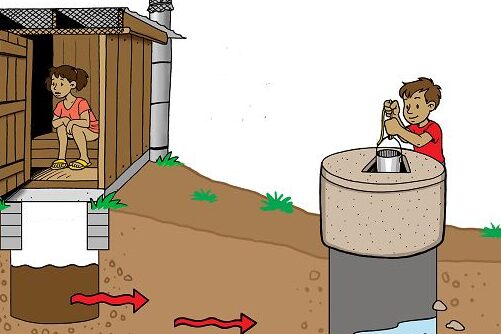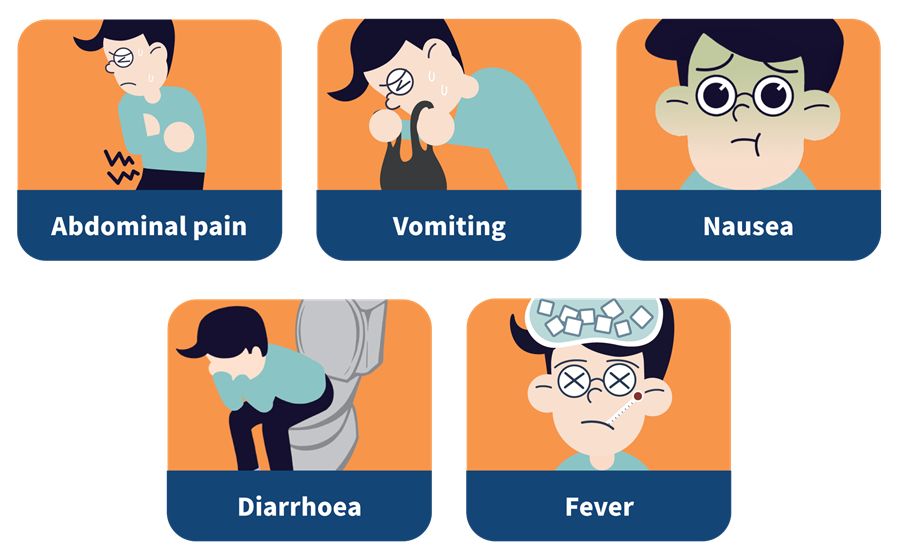Comprehending the mechanics of illness transmission is crucial for efficacious public health measures. A series of events are involved in this intricate process, and each is essential to the transmission of infectious pathogens. The reservoir, the transmission mechanism, and the susceptible host are the three essential components that make up the heart of this chain.
Table of Contents
I. The reservoir
An infectious agent’s natural habitat, or reservoir, is where it lives, replicates, and retains its capacity to infect. It could be an inanimate object, a live thing, or even the surroundings.
A. Living Storage Tanks
Humans: Human-to-human transmission is the main way that many diseases, including HIV, influenza, and measles, spread. People are both susceptible hosts and reservoirs.
Animals: Animal populations are home to certain diseases, such as Lyme disease, rabies, and West Nile virus. These creatures serve as disease reservoirs, passing the illness on to other animals and occasionally to people.
Insects: Numerous infections, including malaria, dengue fever, and plague, can be carried by and transmitted by mosquitoes, ticks, and fleas. They serve as intermediaries between humans and diseased animals, acting as vectors.
B. Reservoirs That Aren’t Live
Soil: Long-lasting fungal illnesses such as tetanus and ringworm are frequently detected in soil.
Water: Contaminated water sources can spread diseases like cholera and typhoid fever.
Food: Contaminated food can harbor bacteria, viruses, or parasites that cause food poisoning and other foodborne disorders.
II. Transmission Mode
The process by which an infectious agent travels from the reservoir to a vulnerable host is referred to as the method of transmission. This may happen via a number of mechanisms:
A. Straight Through Transmission
touch Transmission: Common colds, chickenpox, and influenza can all be contracted by coming into close touch with an infected person or animal.
Droplet Transmission: Pathogen-containing respiratory droplets can be released when someone coughs, sneezes, or talks, which can spread the infection to those nearby.
Vertical Transmission: This is the spread of illnesses like HIV and congenital rubella throughout pregnancy, childbirth, and nursing.
B. Transmission Through Indirect Means
Airborne Transmission: Via ventilation systems or air currents, pathogens can linger suspended in the atmosphere for prolonged periods of time. Measles and TB are two examples.
Fomite Transmission: Inanimate items that can harbor infections, such as toys, doorknobs, or medical equipment, can act as carriers of illness.
Waterborne Transmission: Waterborne illnesses can be caused by bacteria, viruses, or parasites that are present in contaminated water sources.

Foodborne Transmission: Food poisoning and other illnesses can result from eating food contaminated with bacteria.
Vector Transmission: Pathogens can be transferred from one host to another by insects, animals, or other organisms acting as vectors.

III. Vulnerable Entity
An individual who is susceptible to an infectious agent is one who is not immune to it and hence has a higher chance of getting sick. Susceptibility is influenced by the following factors:
Age: People with compromised immune systems, such as infants and the elderly, are more vulnerable to infection.
Underlying Health Conditions: Individuals with HIV/AIDS and other chronic conditions are more susceptible to infections.
Immune Status: Individuals with weakened immune systems, such as those brought on by drugs or starvation, are more vulnerable to illness.
Behavioral Factors: Adopting unhealthy habits, such as drug or smoke usage, might impair immunity and make a person more vulnerable.
Genetic Factors: Certain diseases may be more prone to occur in people who have particular genetic predispositions.
IV. Transmission Dynamics
Numerous factors impact the dynamics of disease transmission, including:
R0 (Basic Reproduction Number): The basic reproduction number, or R0, is a measure of how many individuals on average an infected person is likely to infect within a population that is totally susceptible. A more contagious disease is indicated by a higher R0 value.
Population Density: Living in close quarters increases the likelihood of contact between susceptible people and diseased people, which can aid in the spread of disease.
Environmental Factors: Access to healthcare resources, sanitary conditions, and climate all have a big influence on how diseases spread.
Social Behaviors: Handwashing, social distancing, and other preventive actions can help lower the rates of transmission.
V. Interventions in Public Health
In order to create public health interventions that are effective, it is imperative to comprehend the dynamics of disease transmission. Important tactics consist of:
Vaccination: Vaccination prevents infection and the spread of some diseases by granting immunity against them.
Treatment and Isolation: Early identification and management of infected persons can shorten the infectious period and stop the spread of the infection.
Quarantine: Keeping sick people or those who have been exposed to the disease apart can help stop it from spreading.
Hygiene Measures: Hygiene precautions include washing your hands, concealing your cough and sneeze, and handling food safely to lower your risk of illness.
Vector Control: The spread of diseases carried by mosquitoes can be prevented by managing mosquito populations by the application of insecticides and other strategies.
Environmental Sanitation: Waterborne disease incidence can be considerably decreased by implementing better water and sanitation infrastructure.
Public education: Educating people about the signs, prevention methods, and spread of diseases can give them the confidence to defend both themselves and other people.
In summary
The intricate dynamics of disease transmission entail a nuanced interaction between the susceptible host, the mode of transmission, and the reservoir. Comprehending these components is important in formulating efficacious public health measures targeted at managing and impeding the dissemination of communicable ailments. By utilizing a thorough strategy that addresses every link in the transmission chain, we can lessen the effects of illnesses and enhance the state of global health.
Frequently Asked Questions(FAQ)
What do you mean by Pathogen?
Pathogenicity, which is a combination of infectivity (the pathogen’s ability to infect hosts) and virulence (the severity of host sickness), is the potential capacity of pathogens to cause disease.
Write a short definition about reservoir?
An infectious agent’s natural habitat, or reservoir, is where it lives, replicates, and retains its capacity to infect. It could be an inanimate object, a live thing, or even the surroundings.
Related Articles

